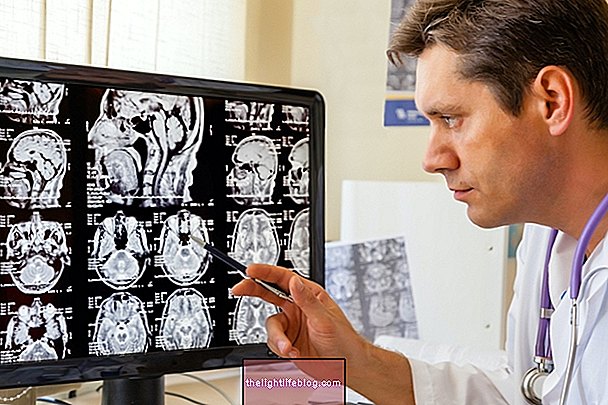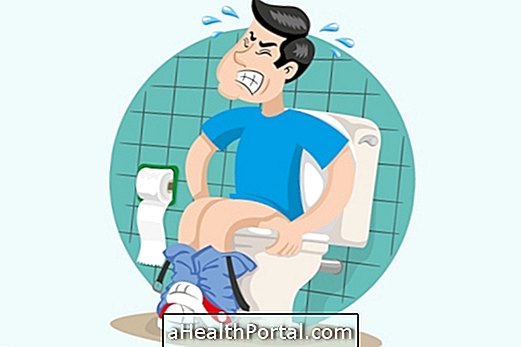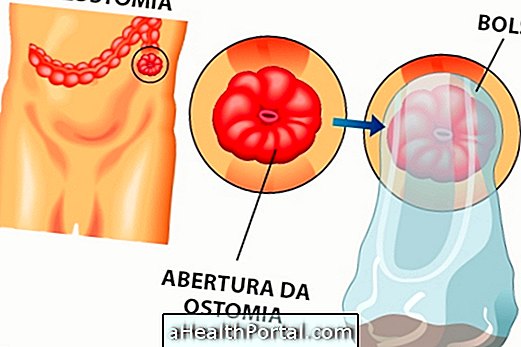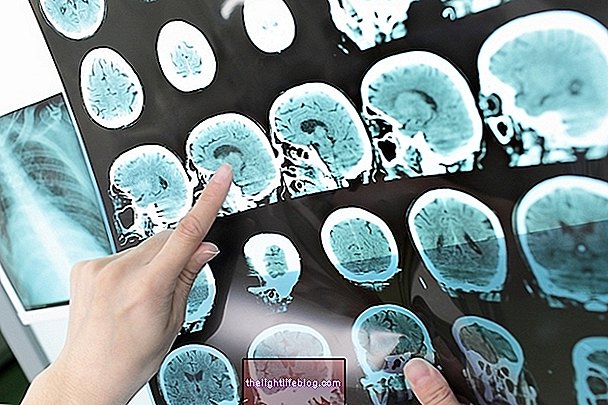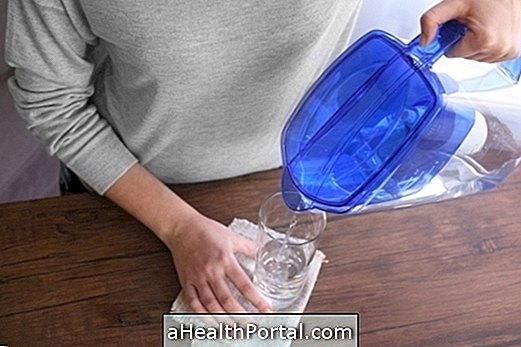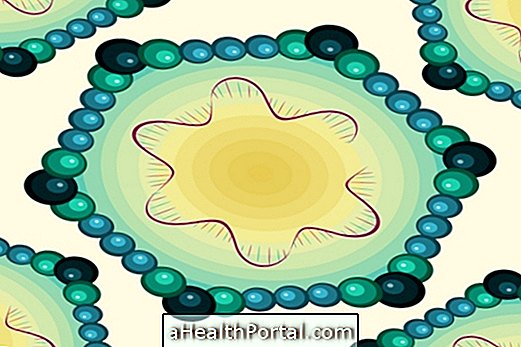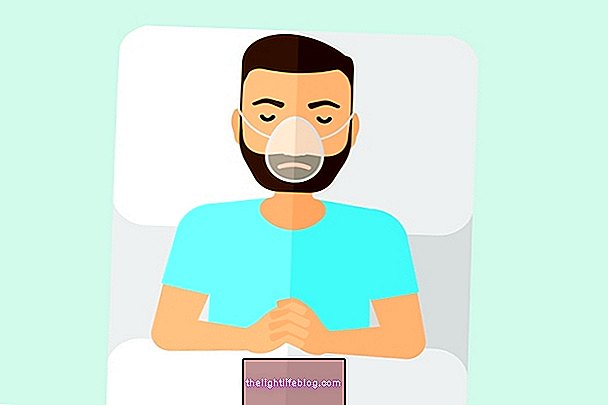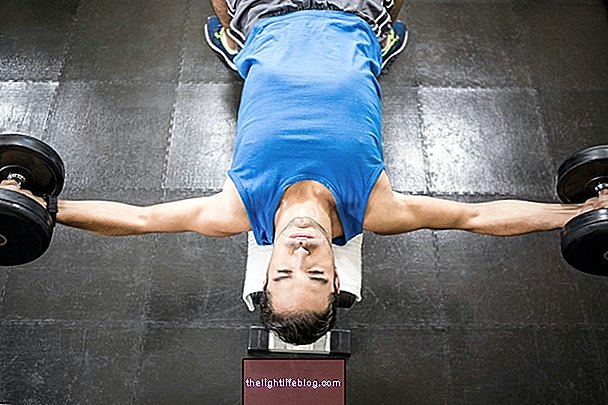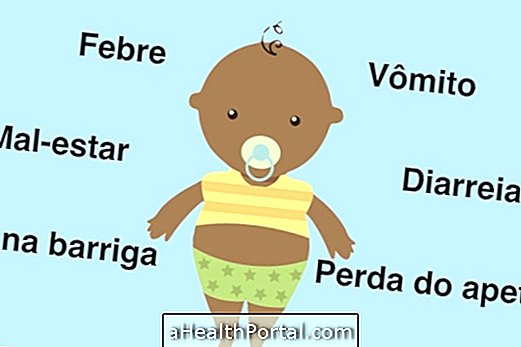Symptoms of osteoporosis, such as bone pain or fractures, usually develop from 45 years of age, being more common in postmenopausal women and in men after 65 years of age.
Osteoporosis is a disease characterized by decreased bone strength, increasing the risk of fractures, especially of the vertebrae, thigh bone and wrist, however, it can occur in all parts of the body.
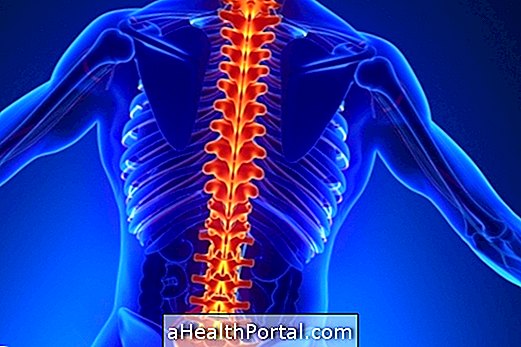
In this way, some signs and symptoms of osteoporosis include:
- Pain in bones and joints;
- Bone fragility, which increases the risk of fracture;
- Occurrence of fractures, mainly of the vertebrae of the spine and femur;
- Decrease in height by 2 or 3 centimeters;
- Shoulders drooping in hunchback.
However, diagnosing the disease requires a bone densitometry, which is an examination to determine if an individual has loss of bone mass. To know more read: Bone densitometry.
Causes of Osteoporosis
The main cause of osteoporosis is the decrease in bone density due to the natural aging process, and is more common in women after menopause. However, there are other causes, such as:
- Cigarette and alcoholism;
- Frequent falls;
- Little physical activity;
- Diet low in calcium;
- BMI <19 kg / m 2;
- Take medicine like steroids.
In addition, other diseases that can cause osteoporosis are malnutrition, rheumatoid arthritis, multiple sclerosis, kidney failure and anorexia nervosa.
Treatment for osteoporosis

Treatment for osteoporosis is done to prevent fractures and should be done throughout life, including:
- Use the medicines prescribed by the doctor. Read more in: Remedy for osteoporosis;
- Eat calcium-rich foods such as milk, cheese, and yogurt daily. Know what feeding to do in: Feeding for osteoporosis.
- Avoid drinking alcohol and caffeine and not smoking;
- Practice physical exercise such as walking or dancing at least 3 times a week. Learn more at: Best exercises for osteoporosis;
- Use a calcium and vitamin D supplement as directed by your doctor. Learn about the supplements in: Calcium and Vitamin D Supplement;
- Physiotherapy to strengthen muscles and increase mobility. Read more in: Physiotherapy in osteoporosis.
In addition, to avoid falls that can result in fractures due to brittle bones, it is vital to walk slowly, wear closed shoes adapted to the foot, and choose streets of earth or grass without holes or unevenness.

